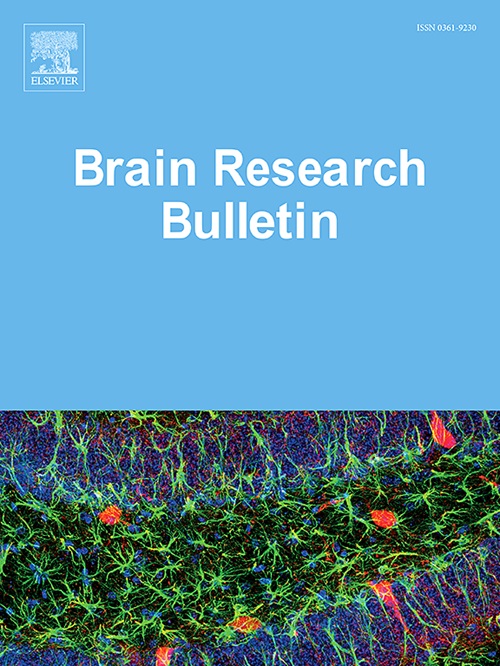Modelling fourth-order hyperelasticity in soft solids using physics informed neural networks without labelled data
IF 3.5
3区 医学
Q2 NEUROSCIENCES
引用次数: 0
Abstract
Mild traumatic brain injury can result from shear shock wave formation in the brain in the event of a head impact like in contact sports, road traffic accidents, etc. These highly nonlinear deformations are modelled by a fourth-order Landau hyperelastic model, instead of the commonly used first or second order models like Neo-Hookean and Mooney-Rivlin models, respectively. The conventional finite element computational solvers produce robust and accurate estimates, yet they are not deployable for real-time prediction given the computational cost. The advent of physics-informed neural networks (PINNs) to solve partial differential equations (PDEs) has opened the possibility of real-time estimates of brain deformation. It involves developing a physics-informed neural network model that minimizes the residuals of the governing system of equations while ensuring boundary conditions are enforced. In this work, we propose a causal marching physics-informed neural network (CMPINN) model to capture the nonlinear mechanical response of higher-order hyperelastic materials. The CMPINN introduces a novel adaptive training scheme that incrementally updates the neural network weights. This approach incorporates several loss terms related to each material domain, boundary domain and internal domain that contributes to the total loss function, which is minimized during training. The proposed PINN framework is developed for a cube undergoing homogeneous isotropic incompressible canonical deformations: uniaxial tension/compression, simple shear, biaxial tension/compression, and pure shear. Three other tests for scenarios involving spatially varying material properties and inhomogeneous deformations are performed and benchmarked with analytical and numerical solutions.
求助全文
约1分钟内获得全文
求助全文
来源期刊

Brain Research Bulletin
医学-神经科学
CiteScore
6.90
自引率
2.60%
发文量
253
审稿时长
67 days
期刊介绍:
The Brain Research Bulletin (BRB) aims to publish novel work that advances our knowledge of molecular and cellular mechanisms that underlie neural network properties associated with behavior, cognition and other brain functions during neurodevelopment and in the adult. Although clinical research is out of the Journal''s scope, the BRB also aims to publish translation research that provides insight into biological mechanisms and processes associated with neurodegeneration mechanisms, neurological diseases and neuropsychiatric disorders. The Journal is especially interested in research using novel methodologies, such as optogenetics, multielectrode array recordings and life imaging in wild-type and genetically-modified animal models, with the goal to advance our understanding of how neurons, glia and networks function in vivo.
 求助内容:
求助内容: 应助结果提醒方式:
应助结果提醒方式:


